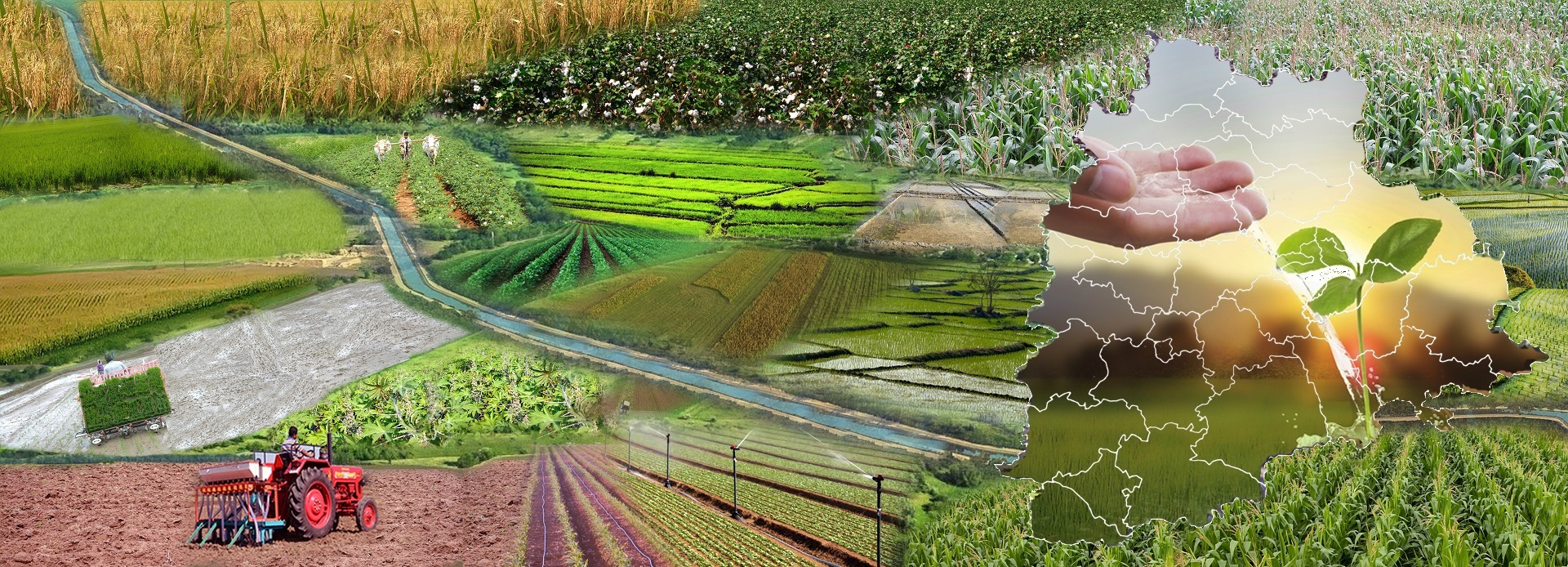



Received: 10-Jun-2021 Published: 01-Jul-2021
Modern farms and agricultural operations work far differently than those a few decades ago, primarily because of advancements in technology, including sensors, devices, machines, and information technology. Today’s agriculture routinely uses sophisticated technologies such as robots, temperature and moisture sensors, aerial images, and GPS technology.
The food we produce today is not sufficient to feed the population, modern and innovative technologies must be implemented to feed the population. The term the web of Things (IoT) features a very Silicone-Valley vibe, but its potential benefit to agriculture should be clear. Essentially, it’s connecting all the disparate devices we use within the field to watch and measure the work we do, and making the knowledge they supply fully accessible.
We’re already using it. We monitor fuel tank levels, soil moisture, water meters, rainfall, weather stations, irrigation pumps, and cattle biometrics today, and access the knowledge from smart phones. “These new technologies can already help improve operational planning and accelerate deciding on farms, large and little,” says Paul Welbig, Director of Business Development in Agriculture at Senet. As more solutions are built and deployed, there’s little question we’ll see even more advantages develop from the IoT in agriculture.
When it involves employing technology that improves control and efficiency, irrigation is arguably the farthest along within the ag industry. Systems that serve status reports on pivot performance, soil moisture sensing, weather, and other field data to mobile phones and computers are commonplace, and providing end-users with on-the-go tools to form and implement irrigation management decisions.
Fertilizer remains far and away the foremost important revenue generator for retail service providers and has in recent years become arguably the most scrutinized input in agriculture. Along with a spread of stewardship initiatives have come commercial programs that monitor and improve nitrogen efficiency programs that are really starting to show their mettle.
As the market continues to maneuver far away from the only fertilizer application approach toward multiple in-season applications on an as-needed basis, nitrogen management solutions have evolved to assist retailers make the best possible decisions about rates and timing to make sure the foremost efficient application is being made. Systems like 360 Yield Center and Adapt-N are gaining traction and providing a transparent path to raised nutrient efficiency.
Measuring the Electrical Conductivity (EC) capacity of soils is becoming an increasingly important component of any precision irrigation program. By combining the data output of currently available EC sensing products a bit like the backpack-mounted Geonics EM38-MK2 (used more prominently in permanent crop orchards) or Veris’ pull-behind Soil EC sensor with other layers like soil moisture and pH, service providers hired to optimize a growers’ water usage can show a better level of service by using the info to form more informed decisions on watering.